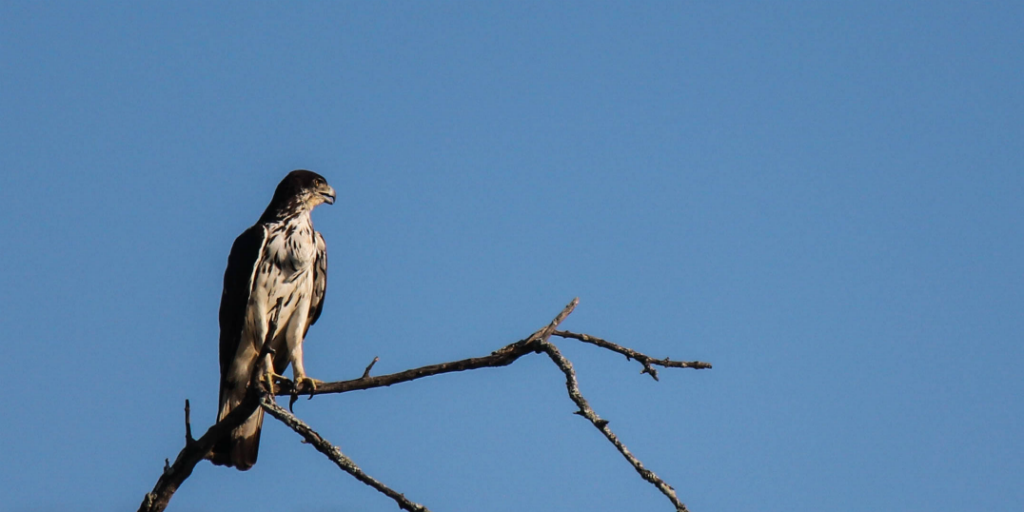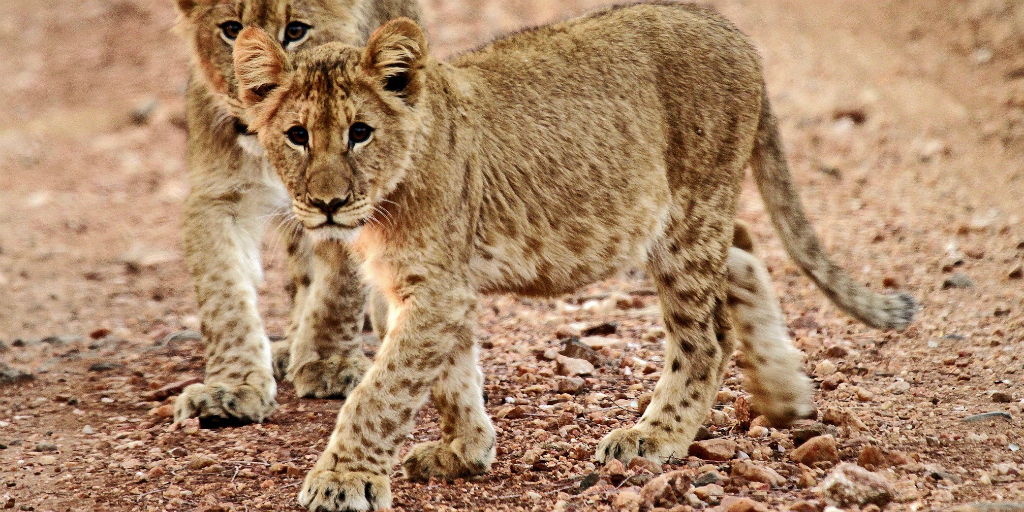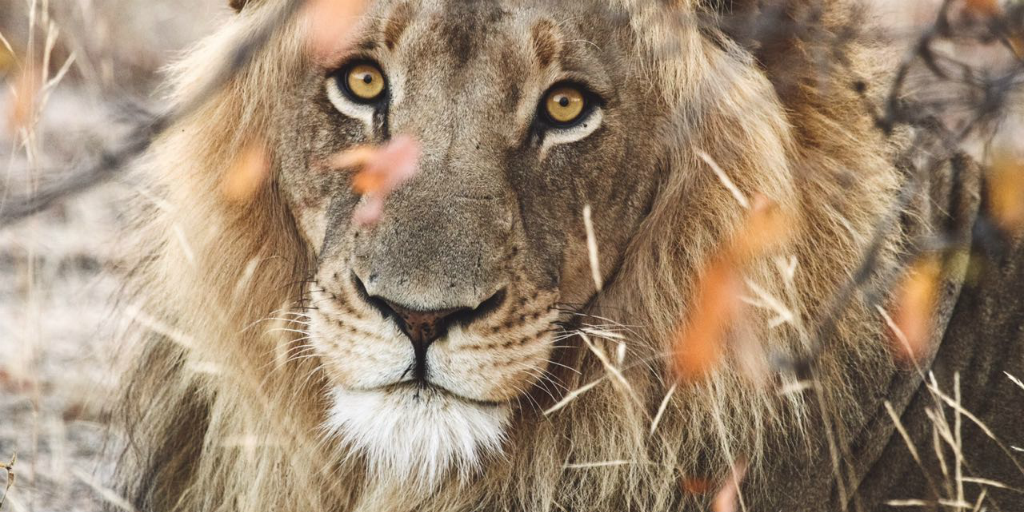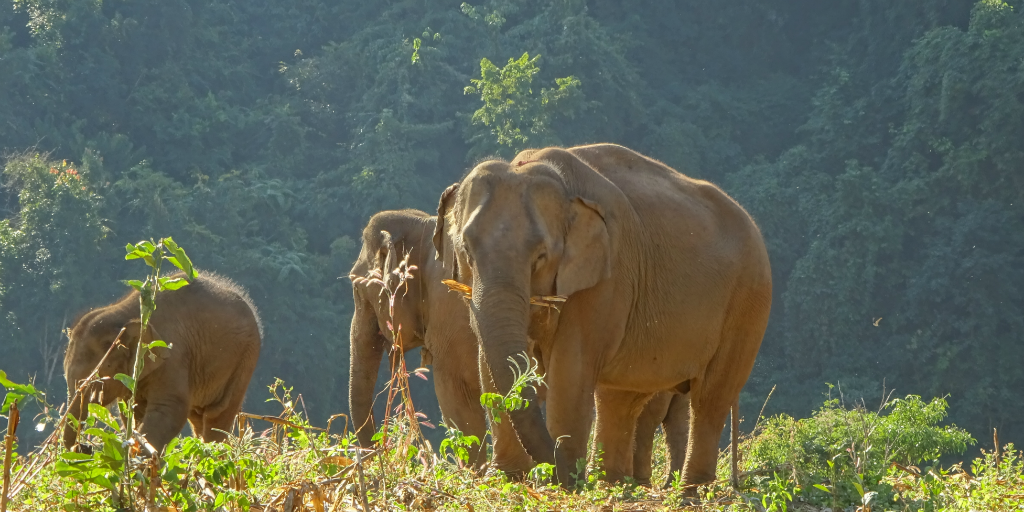Megan Colborne is an intern at the GVI Writing Academy. The Writing Academy is a skills-development program that pairs development editors with budding travel writers. Learn more about the program here.

- Animal Care
- Wildlife Conservation
A win for wildlife
Megan Colborne
Posted: January 31, 2020
The campaign for a more ethical animal tourism sector in South Africa is gaining momentum, and we’re here for it.
The South African Tourism Services Association (SATSA) has recently announced plans to ban animal-encounter experiences by July 2020.
What does this mean?
These new guidelines basically mean that all tourist-centred interactions with wild animals, such as walking with, feeding and riding will be prohibited by law.
This new stance by SATSA comes following a year-long research study as well as an increase in the general awareness and education of ethical practice regarding animal interactions.
The new laws are strict and any tourism organisation who fails to adhere to SATSA’s new guidelines will face consequences.
What are the new guidelines?
The guidelines are organised as follows:
1) No more performing animals

This goes for all types of animals, from predators and primates to birds.
Any sort of wildlife performance requires the animal to go through training, something that is unnatural and can often lead to some sort of emotional or physical harm against the animal.
These performances also hold no weight as activities that are conservational or educational.
2) No tactile interactions

Touch interactions with animals, especially young animals, can cause high levels of distress. This is because in their natural habitat, animals would not allow themselves to be touched by humans.
Infant animals are often separated from their mothers for the purpose of being held by tourists, causing high levels of stress to both mother and baby.
3) Walking with predators or elephants

If a lion, for example, wouldn’t allow you to walk alongside him in the wild, he shouldn’t allow you to do so in captivity.
Captive predators are extensively trained by humans to safely allow these human-animal interactions of walking together.
4) Riding of animals

Just like with the previous two guidelines, riding a wild animal requires the animal to be trained to willingly have a human sit on its back, which is unnatural. Depending on the animal, it can also cause harm to have a human seated on their back.
This is a massive step in the right direction for South African wildlife tourism, increasing awareness in sustainability and encouraging good practice.
Keen to do more in the effort towards increasing wildlife sustainability? Volunteer ethically with GVI to make an impact and continue the wildlife conservation conversation.
By Megan Colborne
Explore the different types of peccaries found in Costa Rica, as well as their importance in the local ecosystem, habitats, behavior, and social structure.
GVI
Posted: May 10, 2023










